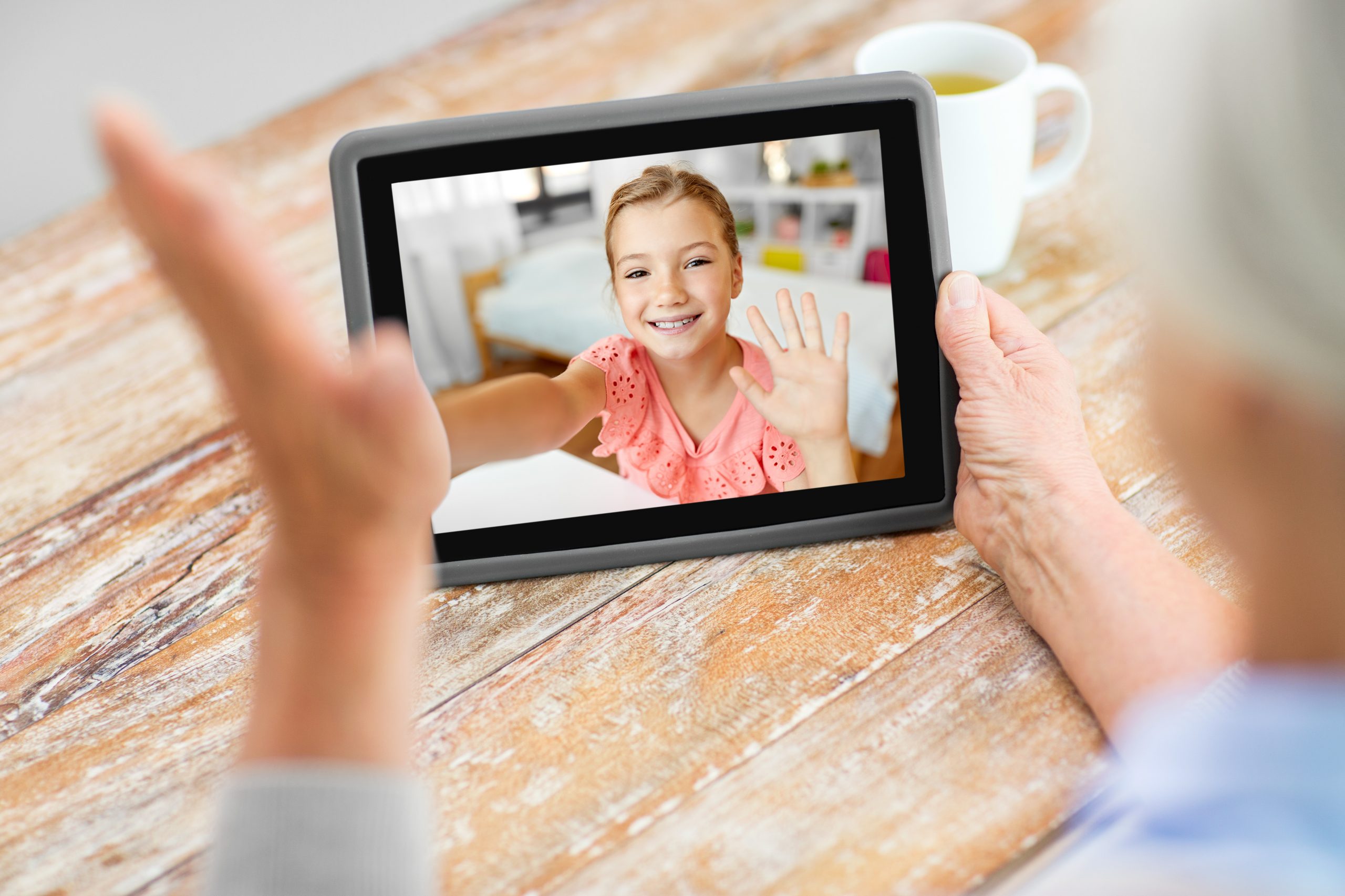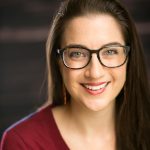Last year Marc Freedman published a book called How to Live Forever. Although Freedman could never have anticipated the current crisis, his reflections on the fragile state of America’s isolated aging population keep coming to my mind. At its core, it’s a book about abundance: the abundance of human beings, young and old, who could benefit from one another’s energy, wisdom, and experience. During COVID-19, the book’s central message of creating ways to reconnect two disconnected generations becomes even more poignant.
Despite the abundance of people who could help one another, Freedman highlights that in recent decades we have witnessed mounting levels of loneliness and isolation among aging populations and an acute need for access to caring adults and mentors among young people. Social-distancing only amplifies these threats to both generations’ well-being.
How might we bridge these two populations facing an unprecedented need for support? Even before the coronavirus, connecting younger and older generations proved challenging. Freedman chronicles how many of our systems and cultural institutions—from schools to neighborhoods to senior living facilities—have inadvertently segregated young and old. For example, a third of people over 55 live in neighborhoods primarily made up of people of the same age and only 6% of people over 60 discussed “important matters” with non-family members under 36 years old.
In his research, Freedman highlights an array of promising innovative models aiming to stem this growing divide. They range from substitute teaching models to afterschool programs to urban redesign efforts. Today, even more innovation may be taking root out of sheer necessity. The physical segregation that predated the current crisis is now moot—everyone, young and old alike, must seek out digital alternatives. Until the pandemic loses steam, there are new ways seniors and kids can come together virtually to enrich each other’s lives…and maybe help parents and teachers take some much-needed time to regroup and re-energize.
1. Kids as tech wizards, assistants
FaceTime, Zoom, Skype, Facebook, Twitter, Snapchat…the social technologies are endless and often overwhelming, especially for older adults that may not be as tech-savvy as their younger counterparts. Kids that can hop on the phone and offer a tutorial to any one of these communications technologies may offer one of the most helpful ways to keep the community connected.
Encouraging older students to put their tech skills to work toward social activism could help many community members not only receive the supplies they need but diffuse their sense of isolation. Some older students, like Jayde Powell, Melanie Bavaria, Lily Pollack, and Liam Elkind, are using apps like Nextdoor, setting up email and Facebook groups like Invisible Hands, and GoFundMe accounts to help deliver groceries and medical supplies to seniors in need.
2. Seniors as substitute tutors and teachers
Grandparents may already be test-driving their tutoring skills during COVID-19. Clinical social worker Ellen S. Glazer called this “Nana Academy,” urging seniors to help their grandchildren with everything from recognizing the letters of the alphabet for younger children to creating history lessons for older kids.
“Ask children what they do and don’t like about their new routines, and talk together about what each person might like to look forward to,” recommends Glazer. “Spending a half-hour or more engaging with them daily will free up some time for the parents, and reassure them that responsibility for their children’s education and well-being during this time is not all on their shoulders.” Writer Jake Halpern suggests this could go a step further to bring groups of grandparents and grandchildren together. As he described in a New York Times op-ed: “We pooled a bunch of kids from our neighborhood and their grandparents and formed an online school. We called it Grandparents’ Academy.”
Grandparents aren’t the only senior tutors to turn to: retired teachers themselves are actually stepping in to support their former school districts in this time of crisis. For example, the Illinois Retired Teachers Association now has over 360 volunteers offering direct help to parents and students who sign up.
3. Seniors as trade experts
Though focusing on schoolwork is critical, with social-distancing also comes more time to focus on hobbies and passions—and seniors who have spent a lifetime honing theirs could have a wealth of knowledge to impart for those eager to learn.
Take 84-year-old Italian Nonna Nerina and her granddaughters, who teach how to make pasta from scratch. Before the virus, Nerina and her granddaughters ran “Handmade Pasta with Grandma,” an Airbnb cooking experience in Palombara Sabina, Italy, where guests would learn how to make three types of pasta from scratch in what used to be an ancient wine press. Now they’ve taken the enterprise online. The team runs “Nonna Live,” a live-streamed cooking class from Nerina’s kitchen for $50.
A new wave of innovation to support schools
Freedman’s book is chock-full of stories of inspiring individuals who have broken through generational barriers and created nonprofits, institutions, and connections in wholly new ways. The past two months have seen a new slew of attempts to do the same—online.
Schools should take note. Schools—much like senior centers—were not designed to put students in relationships with their elders or to integrate non-teacher adults at scale. Their designs are stubbornly fixed. But the innovations emerging in the shadow of COVID-19 are demonstrating the latent connections that could arise among younger and older generations. Those connections could lend deep, personalized wisdom, guidance, and support to students—which most schools struggle to offer on a daily basis to large cohorts of students.
As Halpern, writing about his new-fangled online Grandparent’s Academy, so aptly pointed out, bringing younger and older people together is actually age-old: “In one way, our ‘academy’ is pretty high-tech; but in another way, this is the lowest-tech solution of all time. Once upon a time, it was understood that wisdom and knowledge resided among the elders. Young people gathered around a fire to hear grandparents speak. This ritual was a daily reminder of their value. We just rekindled that practice, with some laptops and a shared calendar.”


